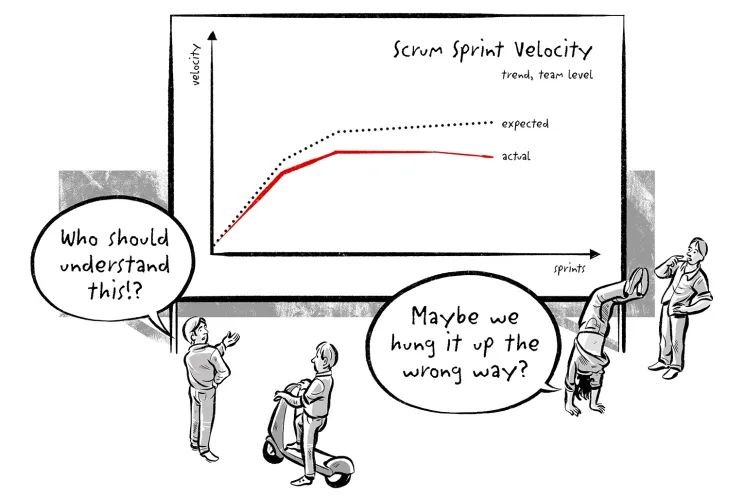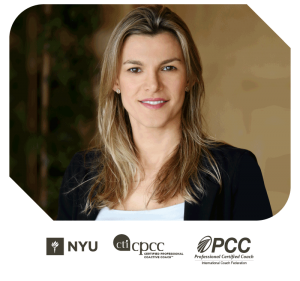
IMAGE: Klaus Leopold Reality x Plan: why are they always different?
We are living in turbulent times. Though the advancements of technology and digitalization can eliminate barriers between countries, economies, and people, they can also cause massive disruption. And though we are nearing recovery from an unprecedented pandemic, global trade and businesses have been affected by the recent war in Ukraine. In these times of chaos, we are required to develop dynamic and agile strategies to support constant change.
We have seen individuals and entities worldwide joining forces to support important causes related to diversity and inclusion (i.e. “Black lives matter,” gender equality, etc.). In addition, the development of ESG (Environmental, Social and Governance) Standards enable institutions to create sustainable change, as it supports them in making more conscious decisions that generate a positive impact beyond financial performance.
However, as we fall upon more turbulent times, leaders may become less conscious, as they need to make decisions by focusing on short-term gains and objectives. While in a crisis, they may ignore the complexity of the environment or pay less attention to stakeholders and their different needs. Moreover, collaboration and empathy become less present in time sensitive decision-making, leading to poor results.
Any resemblance to what is happening in Ukraine is not a coincidence. This is precisely what we are seeing right now.
What does any of this have to do with Agility or being Agile? Everything.
More than ever, the world calls us to be Agile. Agile in our decision-making process and ability to act as the war unfolds, and we see an immediate impact on countries, markets, and industries. Gas prices, trading agreements, stock markets, and export/import businesses are quickly impacted by what’s happening in different parts of the world.
As Klaus Schwab, Executive Chairman of the World Economic Forum, states, “In the new world, it is not the big fish which eats the small fish, it’s the fast fish which eats the slow fish.”
It doesn’t make sense to plan our actions in advance in a dynamic world because things are going to change. Continuous planning seems like a better alternative, and it helps us solve the problems of the 21st century.
In essence, being Agile means that we have the knowledge and mindset to address four key drivers: Continuous Improvement, Short Cycles, Growth Mindset (for ongoing learning), and Focus on the next most important thing.
The more challenging the situation, and the more complex the problem, the more relevant Agility becomes. In times of crisis, we need to maintain high-performance levels, bring people together, maintain a positive environment and ensure our values are present in holding our culture. Therefore, we are asked, individually and collectively, to be dynamic, alert, adaptable, and agile.
That means we may not be able to plan for the next ten years but only for the next six months. We still have a Purpose and long-term vision, but our strategies and plans need to be executed and revisited in short cycles. We need to learn from the previous cycle and quickly adapt so the next one can be better.
In other words, when you’re in need of driving directions, would you rather use a GPS service such as the Waze App, or an “old” paper map? The online map is dynamic, changes routes as traffic situations change and provides updates on what’s happening at the moment. And in real-time, it provides us with the most updated best route that will take us to the destination in less time. Waze is agile.
We invite you to reflect on how agile you are choosing to be during these times – as a leader, member of your community, and organization. Because we know we are always at choice.
How conscious are your decisions being made? How quickly can you learn and change your routes? How is your mindset, in a fixed or growth mode?
We talk about the mindset with the belief that it is one of the most important factors in the Agile process. Because when we develop a growth mindset, we can re-think, re-learn, and respond to what makes the most sense at that moment (in that cycle). And when we do, we are able to continuously improve, generate a positive impact on people and organizations, and move to a place of more creativity, innovation, and broader thinking.
As George Bernard Shaw states, “Progress is impossible without change, and those who cannot change their minds cannot change anything”.
In the current context of war and global crisis, a new leadership mindset is crucial – including more conscious decisions and agile practices – to enable progress and change.
– Co-Authors: Beatriz A. Nicolau, Marcos Garrido


Leave a Reply